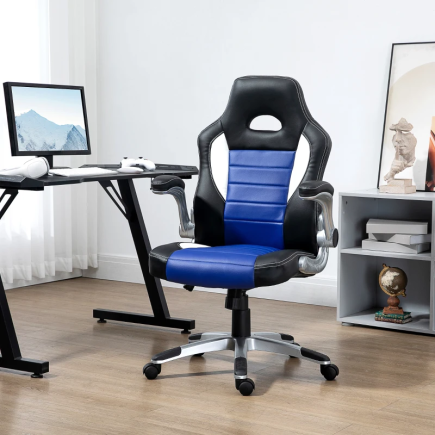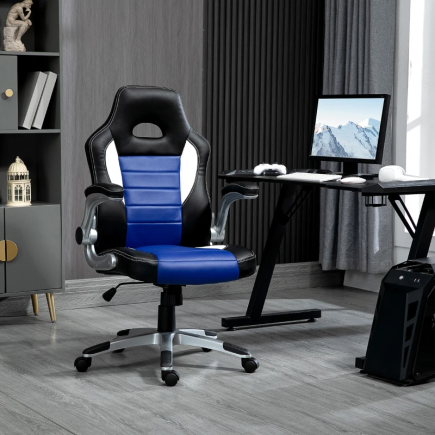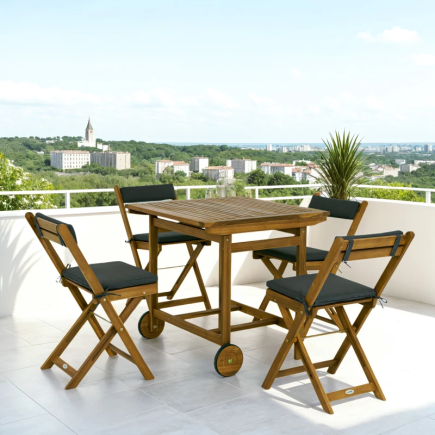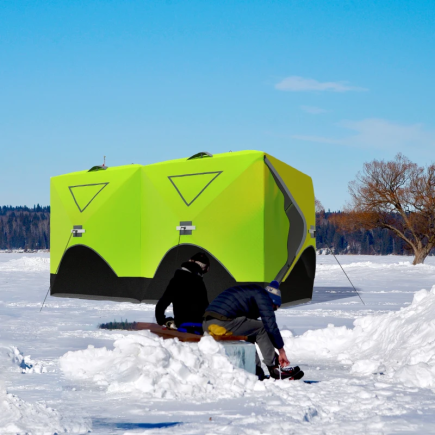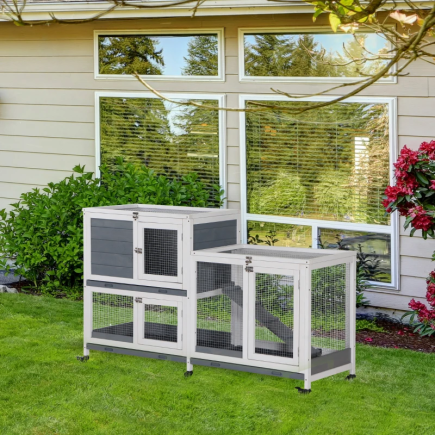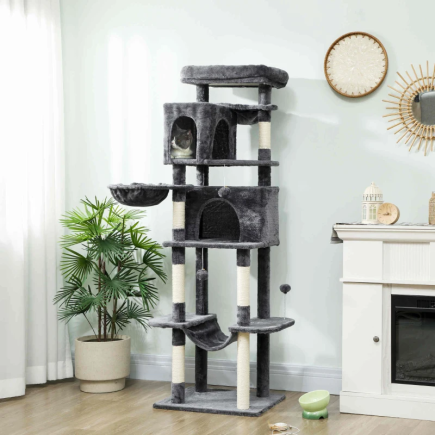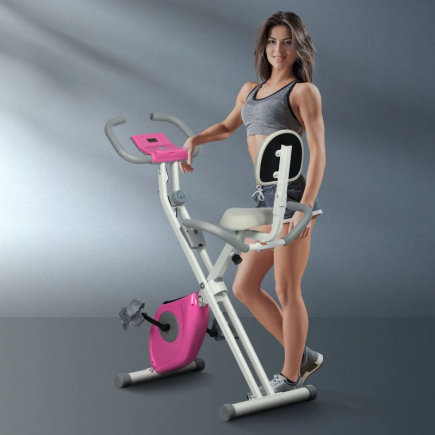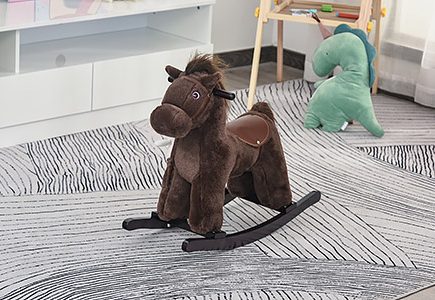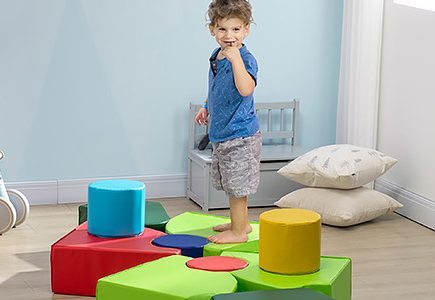
Before you begin cleaning, take a moment to understand the equipment in your hands. A mop bucket with a wringer is designed to improve your cleaning efficiency , but only if you know how each part works together. Familiarity with the parts helps prevent spills, uneven cleaning, and premature wear.
Key Components
- Bucket: Hold your cleaning water or detergent mixture. It may come as a single or dual bucket system.
- Wringer: This is the mechanism that squeezes excess water from your mop head. It can be side-press, down-press, or funnel-style.
- Handle/Lever: Used to operate the wringer. A smooth action saves effort during long cleaning sessions.
- Casters/Wheels: Make it easier to move around large floor areas without lifting heavy buckets.
- Divider (for dual models): Keeps clean and dirty water separate for better hygiene.
Pro Tip: For large or high-traffic areas, always use a dual-chamber mop bucket , it prevents dirty water from contaminating freshly cleaned floors.
Step 2: Prepare the Cleaning Solution
Your cleaning solution determines how well dirt and grime lift off the surface. Using the wrong concentration can cause streaks or sticky residues, so getting this part right saves both time and effort.
How to Mix It Properly
- Check your floor type. Use a neutral cleaner for wood, mild detergent for tile or vinyl, and degreaser for industrial floors.
- Fill the bucket about ¾ full with warm water (not hot , it can damage certain finishes).
- Add the right amount of cleaning solution according to the label instructions.
- Stir gently to distribute the cleaner evenly through the water.
- Avoid overfilling. Too much water causes splashing when wringing.
Pro Tip: Always use clean, fresh water. Reusing leftover solution can spread bacteria or leave dull spots on shiny floors.
Step 3: Set Up Your Workspace Efficiently

A smart setup ensures smooth, uninterrupted cleaning. Preparing your space before mopping prevents you from dragging the bucket across obstacles or stepping on freshly cleaned areas.
Setup Checklist
- Remove chairs, rugs, and small furniture.
- Place “Wet Floor” signs in visible spots for safety.
- Position your bucket near the starting point but out of your walking path.
- Lock the caster wheels (if equipped).
- Ensure your mop head is firmly attached and clean before dipping.
Pro Tip: Always start mopping from the farthest corner and move toward the exit , this keeps your work clean and prevents tracking wet footprints across the floor.
Step 4: Soak and Wring Your Mop the Right Way

The wringer is your best friend , if used correctly. The goal is to get a mop that’s damp enough to clean effectively but not so wet that it leaves puddles or streaks.
Proper Technique
- Submerge the mop head fully in your cleaning solution.
- Lift it out and let excess liquid drain back into the bucket.
- Place it into the wringer compartment.
- Activate the lever or press to squeeze out extra water.
- When you lift the mop, it should be damp , not dripping.
Pro Tip: If you’re using a down-press wringer, press slowly and steadily. Fast, jerky motions can cause splashes or strain the mechanism.
Step 5: Master the Correct Mopping Technique

The way you mop determines how clean , and how safe , your floors will be. A poor technique can leave streaks or even spread dirt, while a correct one ensures a uniform finish.
Step-by-Step Mopping Method
- Divide your floor into sections of around 5×5 feet for control.
- Use a figure-eight or “S” motion to cover each area evenly.
- Overlap your passes slightly to prevent missed spots.
- Rinse and wring after each section to maintain water quality.
- Avoid flooding the floor; damp cleaning gives the best shine.
Pro Tip: For sticky or greasy patches, apply a little extra pressure on the mop head and go over the area twice.
Step 6: Keep Clean and Dirty Water Separate

One of the biggest mistakes in mopping is reusing dirty water. It’s like washing your face with muddy water , pointless. Separation ensures that dirt gets lifted and not re-deposited.
Efficient Water Management
- If you’re using a dual-bucket system, dedicate one side for clean water and the other for dirty rinse water.
- For single-bucket models, empty and refill after every 100–150 sq. ft. of cleaning.
- Monitor the color , once it looks cloudy, it’s time for a change.
- Never top up dirty water with fresh water , replace it entirely.
Pro Tip: Add a dash of disinfectant to your rinse water when cleaning bathrooms or kitchens to minimize bacterial transfer.
Step 7: Use the Wringer Efficiently

Not all wringers are created equal. Understanding how to handle your specific model helps you get consistent dampness without effort.
Using Different Wringer Styles
- Side Press: Push the lever forward to compress the mop head and release excess water.
- Down Press: Press the handle down steadily; these models offer better water control.
- Funnel Type: Twist the mop within the funnel until desired dampness is achieved.
Pro Tip: For heavy-duty cleaning, down-press wringers are the top choice , they remove more water with less physical effort, helping your floors dry faster.
Step 8: Post-Cleaning Equipment Care
Your mop bucket and wringer work hard , reward them with proper cleaning. Neglecting maintenance can lead to foul odors, rust, or even equipment failure.
End-of-Day Routine
- Empty the dirty water as soon as you finish cleaning.
- Rinse the bucket and wringer thoroughly.
- Wring out the mop and hang it to dry completely.
- Allow both mop and bucket to air-dry before storing.
- Store equipment in a dry, well-ventilated space.
Pro Tip: Once a week, sanitize your entire setup using diluted bleach (1 part bleach to 10 parts water) to keep mold and bacteria away.
Step 9: Solve Common Mop Bucket Problems
Even good equipment can act up. Here’s how to fix the most common issues without wasting time or calling for replacements.
Quick Fixes
- Mop leaves streaks: Too much detergent or water , wring better and dilute solution properly.
- Wringer jammed: Clean out tangled mop fibers or debris.
- Bad odor: Caused by wet storage , dry everything thoroughly.
- Wheels squeaking: Remove dirt and apply a light silicone spray.
- Rust on metal parts: Wipe dry after every wash; never store in damp areas.
Pro Tip: Keep a small cleaning kit (brush, disinfectant, and lubricant) near your mop station , it saves hours of maintenance later
Bringing It All Together
Mastering a mop bucket with a wringer transforms your cleaning routine from a chore into an efficient, satisfying process.Whether you’re maintaining a busy workplace or keeping your own home pristine, having the right Household Supplies like a quality mop bucket and wringer is key to achieving professional results. Remember, proper care of your tools not only extends their life but also ensures a cleaner, healthier environment every day.
FAQs
1. Why does my mop leave streaks on the floor?
Streaks often come from using too much detergent or dirty water.Try wringing out excess liquid before mopping and switch to clean water regularly.Always rinse and re-dip the mop after each section for an even finish.
2. How can I stop my mop bucket from smelling bad?
Bad odours develop from trapped moisture and bacteria. Empty and rinse the bucket after every use, then let it dry fully.Once a week, disinfect with a mild bleach or vinegar solution.
3. What should I do if my wringer gets stuck?
A jammed wringer usually has tangled mop fibres or dried residue.Remove debris using a small brush and apply silicone spray on the hinge.Regular cleaning keeps the lever smooth and prevents rust.
4. How do I prevent dirty water from spreading on clean floors?
Separate clean and dirty water with a dual-bucket system.If using a single bucket, change water every 100–150 sq. ft. of cleaning.Never mix or top up dirty water, replace it entirely for hygiene.







